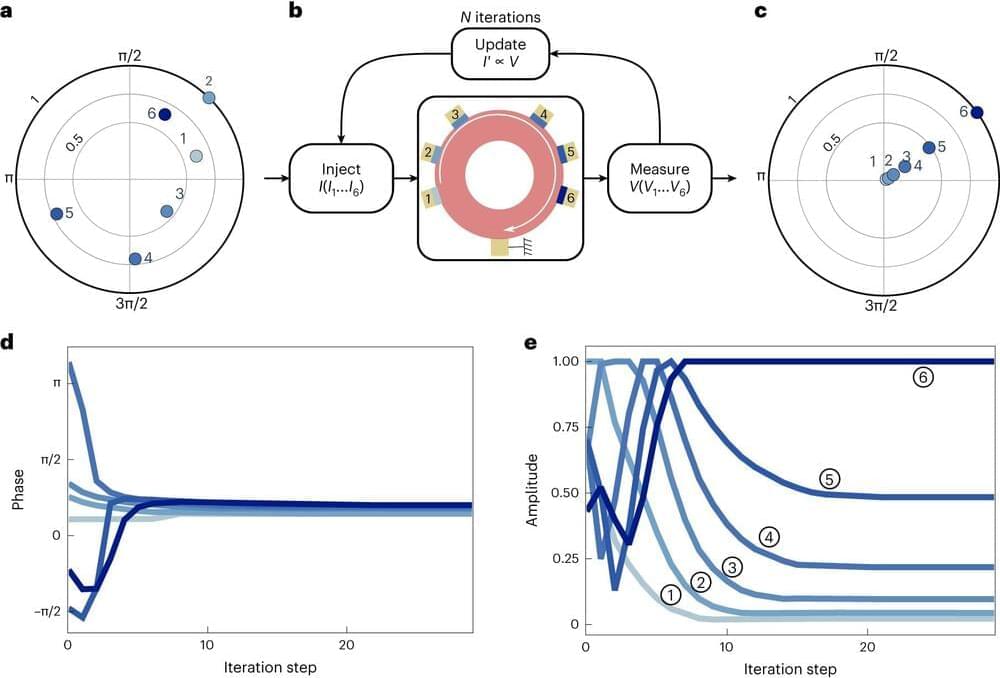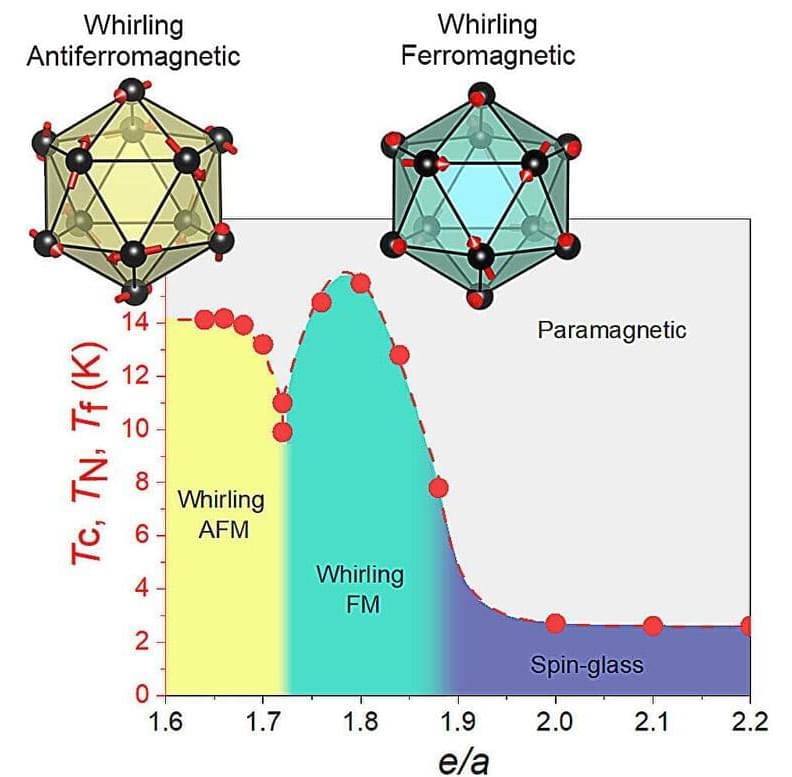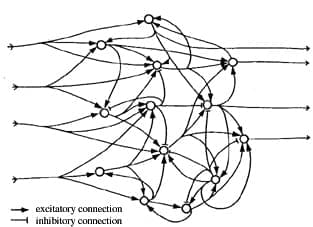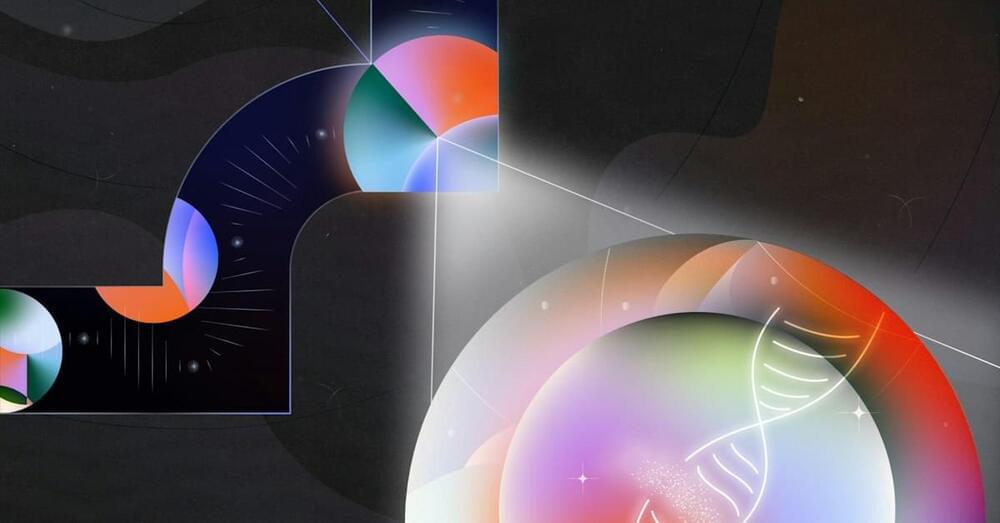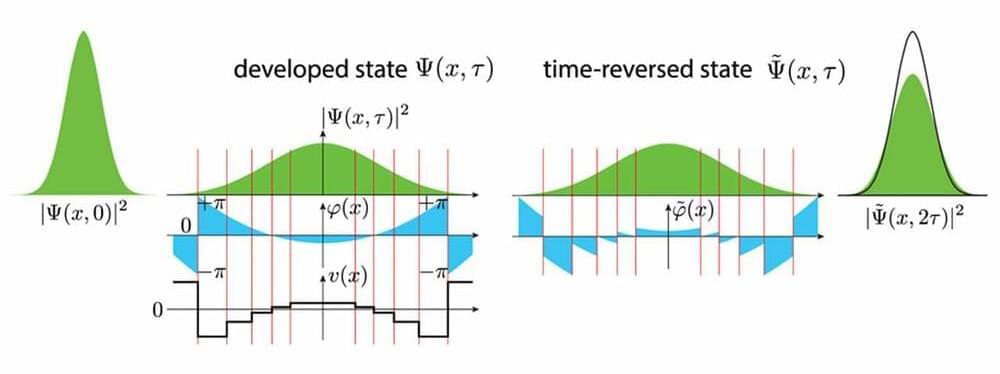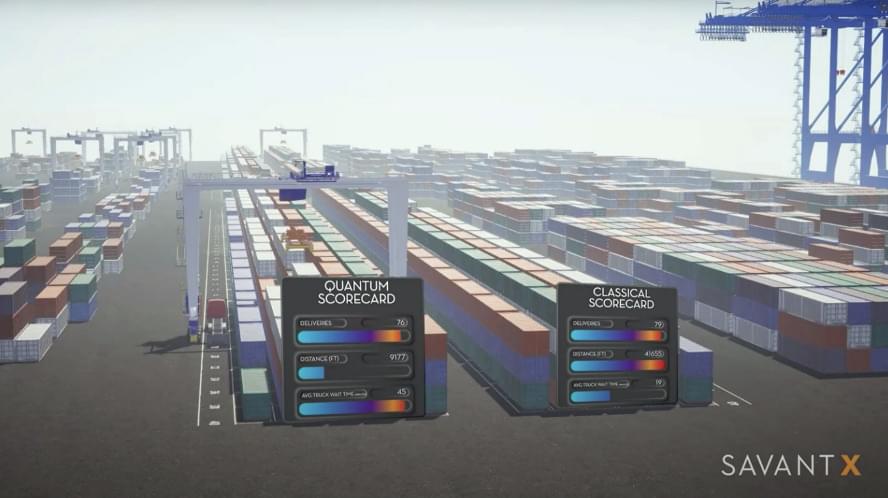A significant breakthrough has been achieved by quantum physicists from Dresden and Würzburg. They’ve created a semiconductor device where exceptional robustness and sensitivity are ensured by a quantum phenomenon. This topological skin effect shields the functionality of the device from external perturbations, allowing for measurements of unprecedented precision.
This remarkable advance results from the clever arrangement of contacts on the aluminum-gallium-arsenide material. It unlocks potential for high-precision quantum modules in topological physics, bringing these materials into the semiconductor industry’s focus. These results, published in Nature Physics, mark a major milestone.
